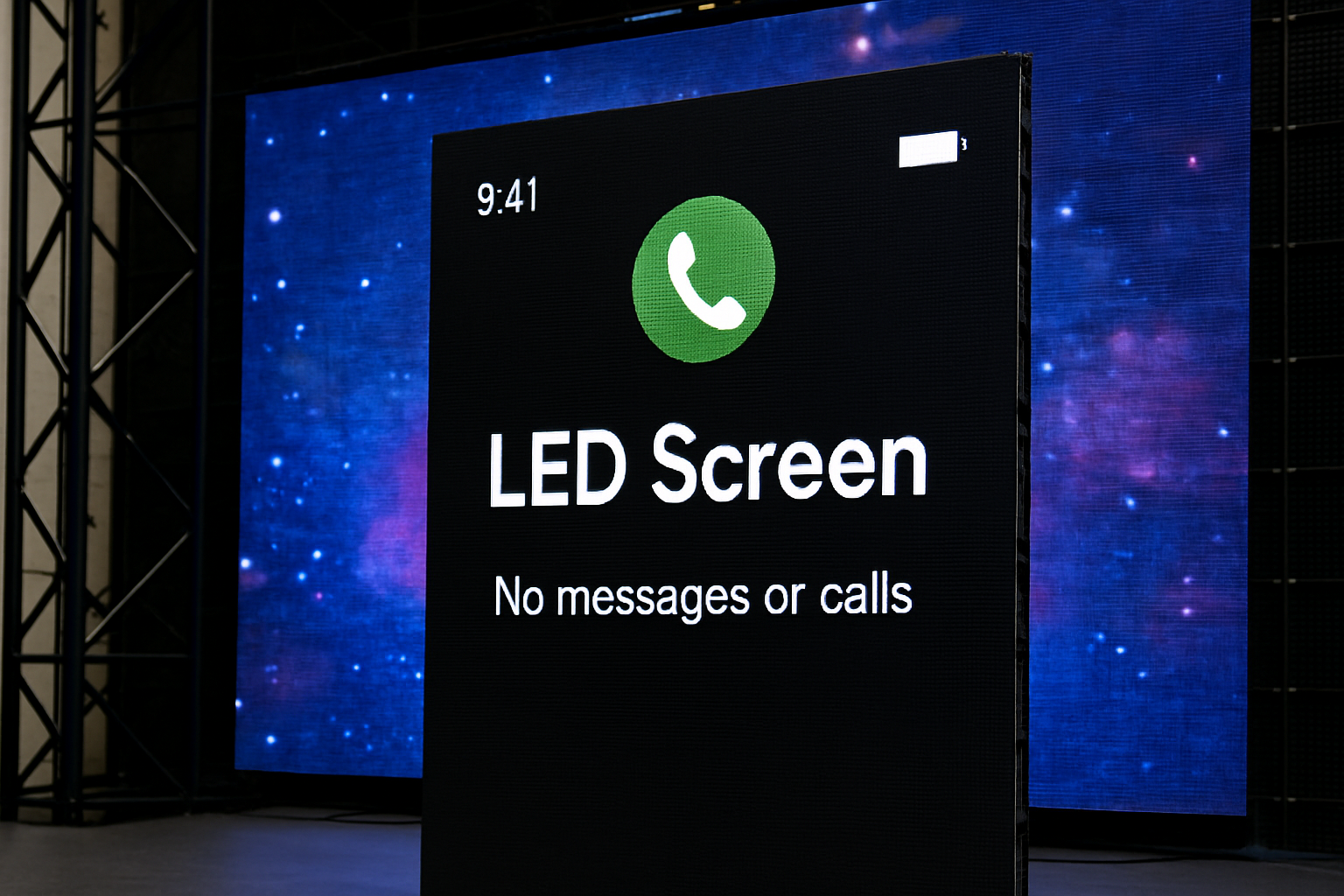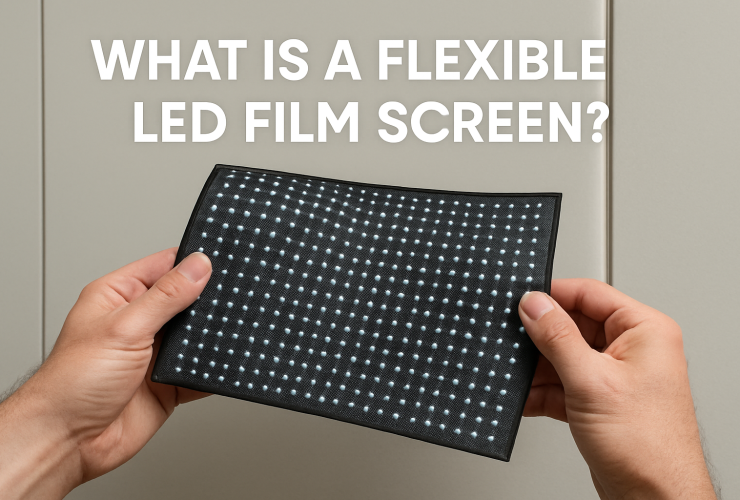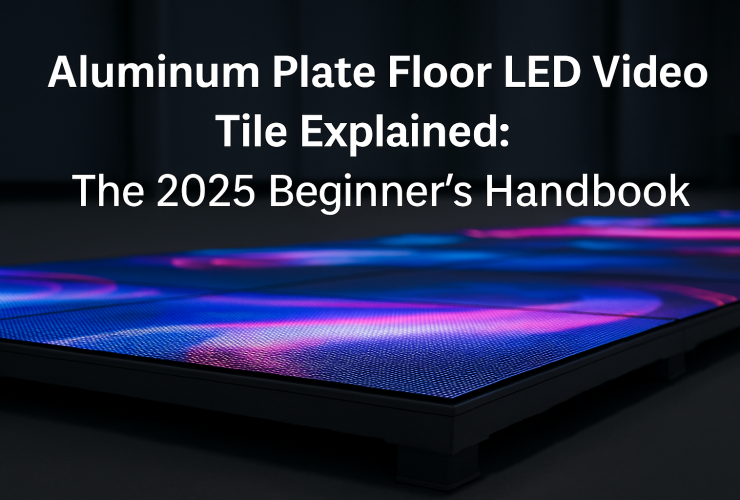You’ve definitely seen an LED screen, even if you didn’t realize it at the time.Maybe it was that massive event LED screen at a concert, the giant video screen in a stadium showing instant replays, or the glowing billboard you passed on the way home.
Essentially, an LED display is simply a group of tiny lights — Light Emitting Diodes — all assembled to form pictures, video, or rolling headlines. They can be tiny enough to fit in a store window or as big as they are to cover an entire building. And why do people install them everywhere? They’re bright, they last for decades, and they look good indoors or out.
How They Actually Work (Without the Boring Bits)
Imagine an LED screen as a giant puzzle made of little squares called wall screen panels LED. Each panel is packed with tiny LEDs. When you connect enough panels, you get a panel LED display — whatever size you want.
Here’s the quick version:
- The LEDs light up in different colors and at different brightness levels.
- The Control System tells each light exactly what to do.
- The Power Supply keeps everything running.


Because each LED makes its own light, the picture stays bright even in full daylight. That’s why outdoor billboards and event screens don’t fade when the sun’s out.
Different Types of LED Screens
There’s no single “best” LED screen — it depends on where it’s going and what it’s for:
- Indoor LED Screens – More resolution, less brightness. Good for conference stages, shop windows, or exhibitions.
- Outdoor LED Screens – Bright enough to be visible during sunlight, rain, wind, and heat.
- Flexible LED Screens – Bend or curve to fit creative designs. Popular in stage setups.
- Special Displays – Like LED display phone messages and calls on wall systems in offices, hotels, or public areas.
Some stay in one spot for years. Others are portable and get moved from event to event.
Things to Look For Before You Buy One
If you’re thinking about getting a new LED screen, pay attention to:
- Resolution – More pixels mean sharper images.
- Pixel Pitch – Smaller gaps between pixels = smoother visuals.
- Brightness – Outdoor screens need extra power to compete with sunlight.
- Color Quality – Rich, realistic colors make a big difference.
- Refresh Rate – Higher rates make videos look smoother — especially on video screens.
Why They’re Everywhere Now
Here’s why LED screens are pretty much taking over:
- You can see them clearly day or night.
- They don’t eat up as much power as older screens.
- They last — we’re talking 50,000 to 100,000 hours in many cases.
- Outdoor ones can handle bad weather.
- They come in every size you can imagine — from tiny panel LED displays to massive concert backdrops.
Where You’ll Spot Them in the Wild
You’ll find LED screens just about anywhere people gather:
- Event LED screens at concerts, festivals, and sports games.
- Video screens for live feeds or replays.
- Huge roadside billboards in cities.
- Digital info boards at airports, malls, and train stations.
- LED display phone messages and calls on wall setups in offices or public buildings.
And then there are the creative uses — curved LED walls for fashion shows, enormous gaming screens at esports events, or interactive displays at exhibitions.
How to Set One Up (and Keep It Running)
Installation of an LED screen includes mounting the wall screen panels LED, assembling them, the installation of the control system, and power on.
Keeping it in shape is simple:
- Wipe off dust and dirt.
- Check cables and connections.
- Test panels regularly to catch any dead spots.
- For outdoor screens, check the weatherproof seals.
The Takeaway
Whether it’s a huge event screen lighting up a music festival or a small panel LED display in a shop window, LED screens are hard to ignore. They’re bright, reliable, and work anywhere.
From roadside billboards to video screens in sports stadiums, they’ve become part of everyday life — and if you want something that really grabs attention, a new LED screen is one of the smartest investments you can make.




